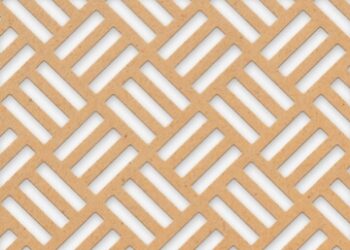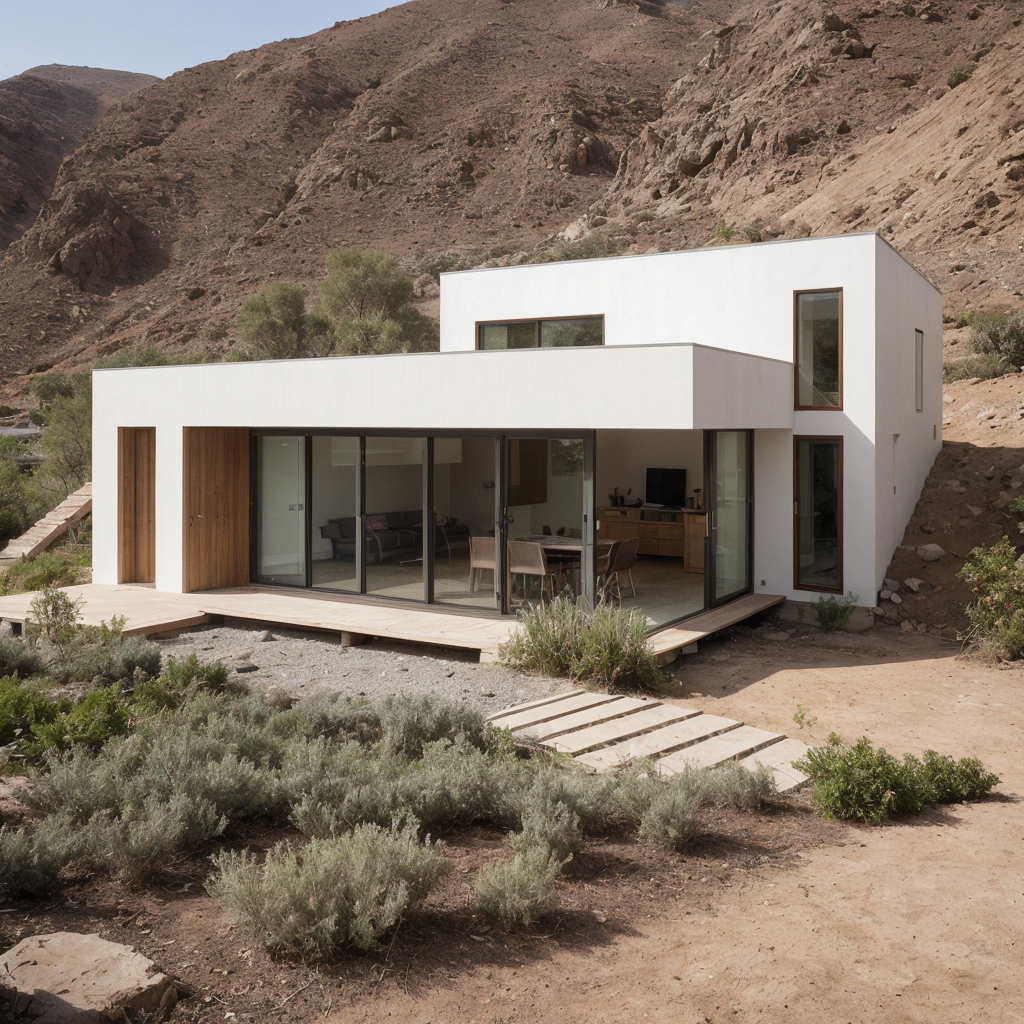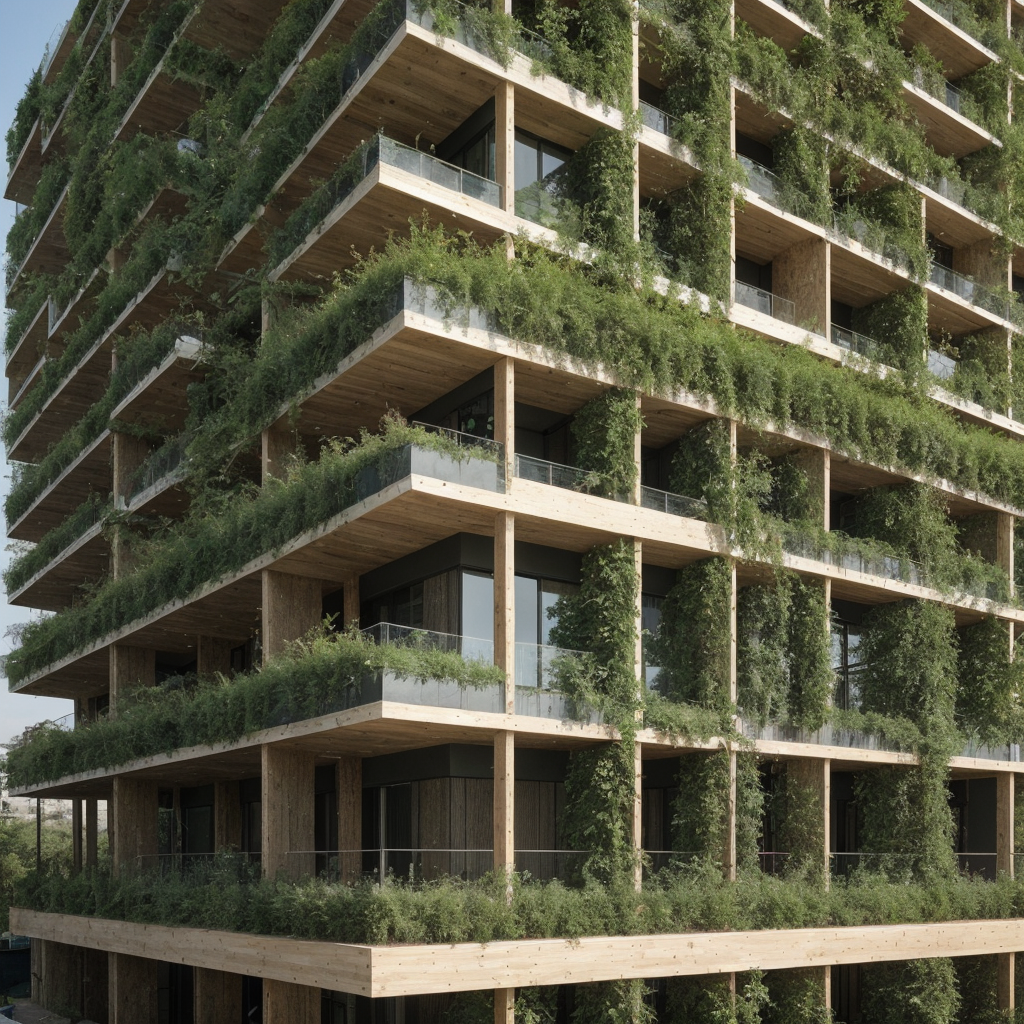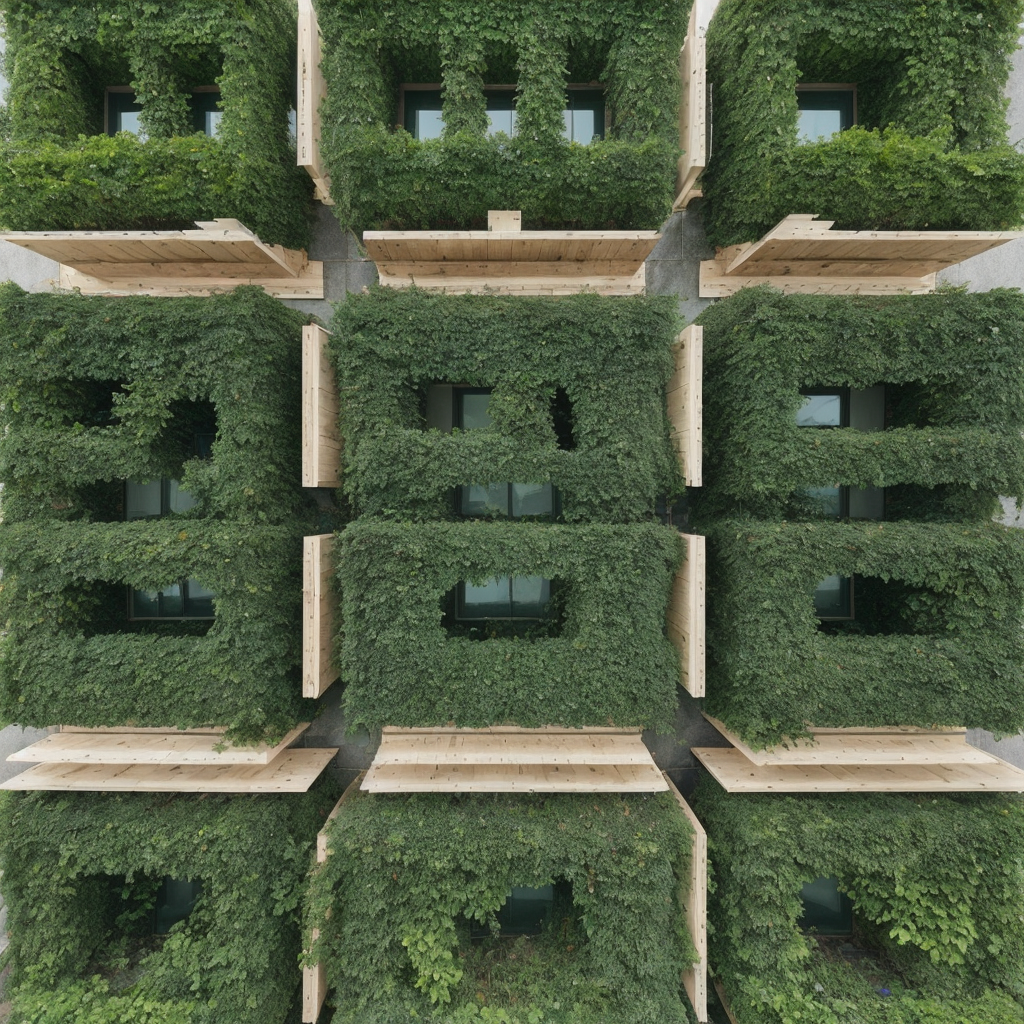The building industry has long been associated with substantial environmental impact, from the carbon emissions of cement production to the deforestation caused by traditional timber harvesting. As the global community becomes increasingly aware of the need for sustainable practices, the demand for eco-friendly building materials has never been higher. Sustainable building materials not only reduce environmental harm but also offer numerous benefits, including improved health for building occupants and long-term cost savings.
In this blog post, we will explore the environmental impact of conventional building materials and the benefits of switching to sustainable alternatives. We will delve into the specifics of various eco-friendly options such as laminated bamboo lumber, sustainably harvested wood, decorative MDF panels, and PVC products. By examining their advantages and practical applications, we aim to provide a comprehensive guide for builders, architects, and homeowners interested in sustainable construction. Let’s start by understanding the drawbacks of conventional materials and the positive impact of sustainable alternatives.
The Environmental Impact of Conventional Building Materials
Traditional building materials, including concrete, steel, and non-certified wood, have a significant carbon footprint. The production of concrete alone accounts for approximately 8% of global CO2 emissions. Additionally, the extraction and processing of these materials often lead to habitat destruction, soil erosion, and significant energy consumption.
Resource depletion is another major concern. Conventional building materials rely heavily on non-renewable resources. For instance, the production of concrete and steel consumes vast amounts of water and energy, while traditional timber harvesting can lead to deforestation and loss of biodiversity. Furthermore, the waste and pollution generated during the production and disposal of these materials contribute to air and water pollution, exacerbating environmental degradation.
Benefits of Sustainable Building Materials
Switching to sustainable building materials offers numerous environmental benefits. These materials typically have a lower carbon footprint, often being derived from renewable resources or recycled content. They contribute to reduced greenhouse gas emissions and help conserve natural resources, making them an eco-friendly choice for construction.
In addition to environmental benefits, sustainable building materials can improve the health and well-being of occupants. Many conventional materials contain harmful chemicals that can off-gas into the indoor environment, negatively affecting air quality. Eco-friendly alternatives often have lower levels of volatile organic compounds (VOCs), leading to healthier indoor environments. Economically, sustainable materials can result in long-term savings through energy efficiency and durability, reducing the need for frequent replacements and maintenance.
Top Eco-Friendly Alternatives to Conventional Building Materials
Laminated Bamboo Lumber

Laminated bamboo lumber is a sustainable alternative to traditional hardwoods. Bamboo is a rapidly renewable resource, capable of reaching maturity in just 3-5 years compared to decades for most hardwoods. Its strength and durability make it suitable for various applications, including decking, siding, panels, and more.
The benefits of laminated bamboo lumber are numerous. It is incredibly strong, often surpassing the performance of traditional hardwoods in terms of tensile strength and resilience. Additionally, its rapid growth cycle means it can be harvested sustainably without depleting natural forests. Case studies have shown its successful use in projects ranging from residential homes to large commercial buildings, highlighting its versatility and sustainability.
Sustainably Harvested Wood

Sustainably harvested wood comes from forests managed to maintain ecological balance, ensuring that the harvesting processes do not harm the environment. Certification programs like the Forest Stewardship Council (FSC) ensure that wood products meet stringent environmental and social standards.
The benefits of sustainably harvested wood include the preservation of forests, support for biodiversity, and reduction of carbon emissions. It also offers the natural beauty and warmth of wood, making it a preferred choice for many builders and architects. Notable projects utilizing sustainably harvested wood demonstrate its potential to combine aesthetics with environmental responsibility.
Decorative MDF Panels

Decorative MDF (Medium Density Fiberboard) panels are an excellent alternative to traditional solid wood panels. Made from recycled wood fibers, MDF panels are both eco-friendly and versatile, offering a wide range of finishes and textures.
The benefits of decorative MDF panels include their use of recycled content, reducing the demand for virgin wood. They also offer design flexibility, being easy to cut and shape, making them suitable for various decorative applications. Additionally, MDF panels are a cost-effective alternative to solid wood, providing similar aesthetic benefits at a lower cost. Projects utilizing decorative MDF panels showcase their potential in creating stylish and sustainable interiors.
PVC Products

PVC products, including boards, trim, siding, and panels, offer a durable and low-maintenance alternative to traditional building materials. Advances in PVC manufacturing have made it a more eco-friendly option, with many products now being recyclable.
PVC products are known for their longevity, being resistant to rot, mold, and pests, which extends their lifespan and reduces the need for replacement. They are also easy to clean and maintain, making them a practical choice for many applications. Environmental considerations include the recyclability of PVC products, addressing concerns about their disposal and contributing to a circular economy. Successful applications of PVC products in sustainable building projects highlight their practicality and environmental benefits.
Innovations in Sustainable Building Materials
The field of sustainable building materials is continually evolving, with new innovations emerging regularly. Materials like hempcrete, made from hemp fibers and lime, offer excellent insulation properties and low environmental impact. Recycled metal, another innovative material, reduces the need for virgin metal extraction and lowers the carbon footprint of construction projects. Mycelium insulation, made from fungal networks, is a biodegradable and renewable alternative to traditional insulation materials.
Technological advancements in production processes are also making sustainable materials more accessible and affordable. Innovations such as 3D printing with recycled materials and energy-efficient manufacturing techniques are helping to reduce the environmental impact of building material production.
Choosing the Right Material for Your Project
Selecting the right sustainable material for your project involves several considerations. The type of project, local climate, and budget are crucial factors in determining the best material choice. For instance, laminated bamboo lumber might be ideal for decking in humid climates due to its resistance to moisture, while sustainably harvested wood may be preferred for its aesthetic appeal in interior applications.
Consulting with experts, including architects, engineers, and suppliers, is essential to ensure that the chosen materials meet the specific needs of your project. These professionals can provide valuable insights into the performance, durability, and environmental impact of various materials, helping you make an informed decision.
How Coastal Custom Products Can Help

At Coastal Custom Products (CCP), we are dedicated to empowering building materials distributors and manufacturers with a diverse range of premium, eco-friendly building materials. Our mission is to promote sustainable excellence and innovative solutions that elevate construction standards and positively impact the environment.
We offer a wide array of products, including laminated bamboo lumber, decorative MDF panels, PVC products, and sustainably harvested wood. Our team provides comprehensive support and consultation services to ensure the success of your sustainable projects. Whether you are a builder, architect, or homeowner, CCP is your trusted source for building materials that build a sustainable tomorrow.
Conclusion
In summary, the shift towards sustainable building materials is not only beneficial for the environment but also offers significant advantages in terms of health, cost savings, and overall project quality. By exploring alternatives like laminated bamboo lumber, sustainably harvested wood, decorative MDF panels, and PVC products, you can contribute to a greener future while achieving your construction goals.
We encourage you to contact Coastal Custom Products for more information on our range of sustainable building materials and to explore how we can support your next project. Together, we can build a sustainable tomorrow, one eco-friendly material at a time.



